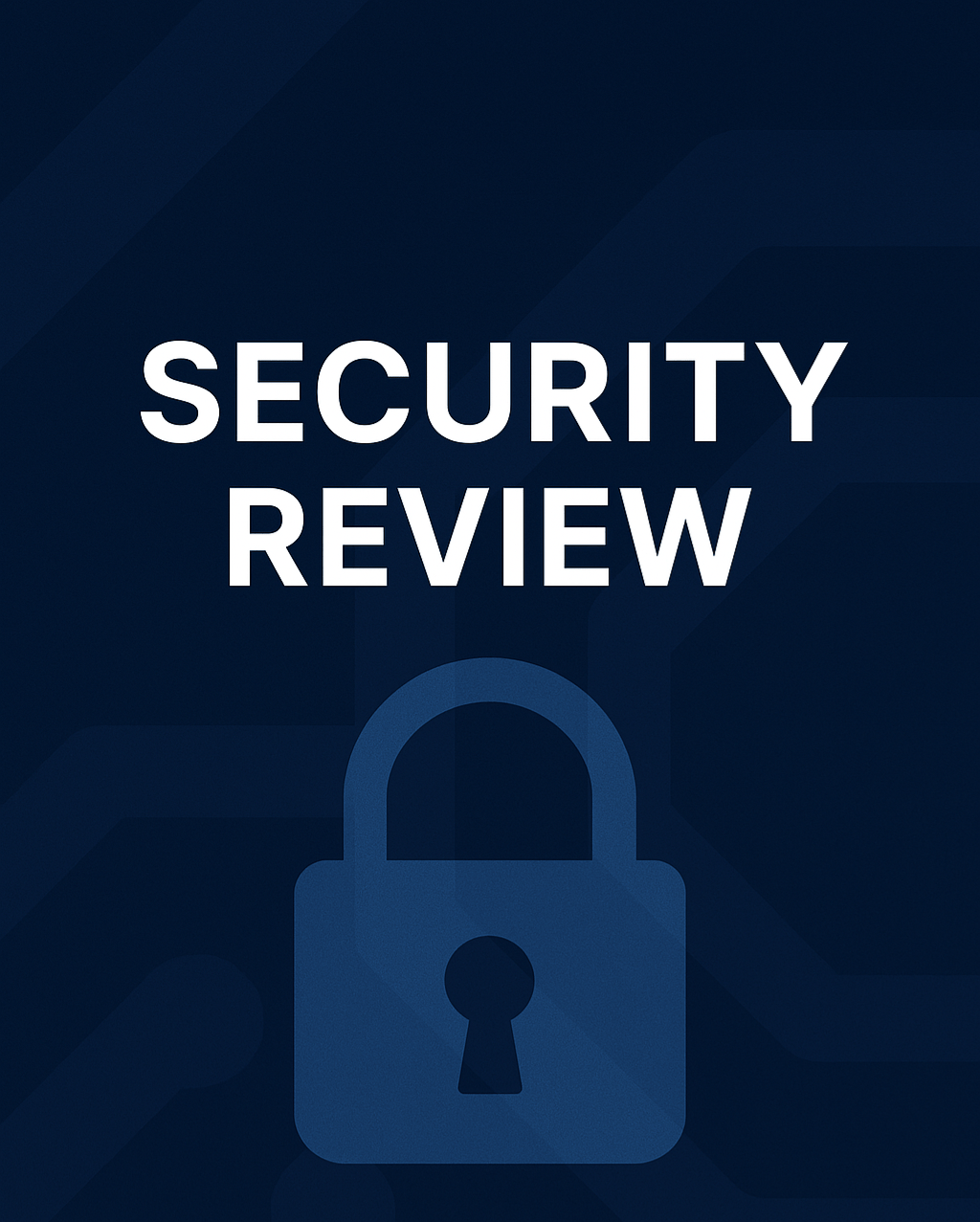Understanding Continuous Penetration Testing
Continuous penetration testing represents a paradigm shift from traditional penetration testing methods. Traditionally, organizations performed penetration tests at fixed intervals, perhaps annually or bi-annually, which provided only a snapshot of their security posture at that specific moment in time. By contrast, continuous penetration testing involves an ongoing, iterative process aimed at persistently identifying, assessing, and addressing vulnerabilities within an organization’s network.
Do You Need Help?
XEye Security offers you the ultimate proactive and cost-effective approach and solutions to combating all types of cyber threats, ensuring compliance, and implementing robust security measures.
The lifecycle of continuous penetration testing is dynamic and involves several key phases. Initially, it begins with a thorough assessment to establish a baseline understanding of the organization’s current security state. This includes identifying existing vulnerabilities, potential entry points, and high-value assets that need protection. Following this, the process transitions to active monitoring, where systems and networks are continuously scanned and analyzed for new threats. Unlike traditional, static tests, this ongoing surveillance allows for the immediate identification of emerging vulnerabilities.
When new vulnerabilities are detected, continuous penetration testing doesn’t just stop at identification. Rather, it integrates a remediation phase where fixes are promptly recommended and implemented. Here, the efficacy of these fixes is further evaluated to ensure that vulnerabilities are completely mitigated. This continuous feedback loop serves to maintain a robust security posture, adapting to new threats as they arise and ensuring that vulnerabilities are not allowed to persist.
By maintaining an active rather than reactive approach, continuous penetration testing aligns with modern cybersecurity strategies which recognize that threats evolve rapidly. Continuous monitoring, assessment, and remediation help organizations stay ahead of cyber adversaries, significantly reducing the potential for breaches and improving overall security resilience. This proactive stance is not just beneficial but essential in the face of today’s sophisticated attack vectors, ensuring that security measures evolve in tandem with the threat landscape.
Benefits of Continuous Penetration Testing
Continuous penetration testing offers numerous advantages that are pivotal for maintaining robust cybersecurity practices within an organization. One principal benefit is the ongoing identification and mitigation of security vulnerabilities. Unlike periodic testing, continuous penetration testing ensures that vulnerabilities are detected in real-time, allowing for immediate remediation. This persistent vigilance minimizes the window of opportunity for malicious actors, ultimately reducing the likelihood of successful cyber attacks.
Furthermore, continuous penetration testing facilitates improved compliance with industry regulations and standards. Many regulatory frameworks, such as GDPR, HIPAA, and PCI DSS, mandate regular security assessments. By integrating continuous testing, organizations can more easily demonstrate adherence to these stringent requirements, potentially avoiding penalties and fostering trust among stakeholders.
As new threats emerge at an unprecedented rate, continuous penetration testing enhances protection against them. Security landscapes are ever-evolving, and the rising sophistication of cyber threats necessitates a proactive rather than a reactive approach. Continuous security assessments enable organizations to stay ahead of attackers by promptly identifying and addressing new vulnerabilities before they can be exploited.
In the long term, continuous penetration testing can lead to significant cost savings. The financial repercussions of data breaches can be devastating, encompassing direct costs such as fines, legal fees, and operational downtime, as well as indirect costs like reputational damage and customer attrition. By consistently reinforcing security measures, organizations can prevent breaches and minimize potential losses, thereby safeguarding both their financial and reputational standing.
Consider the case of a multinational firm that implemented continuous penetration testing. This initiative led to the early detection of a critical security vulnerability that, if left unchecked, could have resulted in a major data breach. The timely resolution of this issue not only protected sensitive data but also saved the company millions in potential remediation costs and regulatory fines. Such real-life examples underscore the tangible benefits of continuous penetration testing in fortifying an organization’s cybersecurity defenses.
Why Testing Must Be Conducted by Qualified Companies
Conducting continuous penetration testing is a fundamental aspect of cybersecurity, essential for identifying and mitigating potential vulnerabilities within an information system. However, it is paramount that this task be delegated to qualified and experienced companies. These professionals offer expertise and specialized knowledge that are integral to the effectiveness of penetration testing processes. Their familiarity with the latest industry standards and evolving threat landscapes ensures that vulnerabilities are detected more efficiently and accurately.
Qualified companies provide an unbiased, third-party perspective that significantly enhances the credibility and thoroughness of penetration testing. Internal teams, while knowledgeable, may inadvertently overlook vulnerabilities due to familiarity with the system or inherent biases. External experts eliminate such risks by bringing a fresh viewpoint, devoid of internal conflicts of interest and assumptions that could skew results. This impartiality is crucial in delivering accurate and actionable insights for improving system security.
The methodologies and sophisticated tools utilized by professional penetration testing companies are another critical reason for their engagement. These organizations often employ advanced testing frameworks and proprietary tools designed to mimic the latest attack vectors, thus providing a more exhaustive assessment of the system’s defenses. By leveraging cutting-edge technology and methodologies, they can uncover hidden vulnerabilities that in-house teams, constrained by limited resources or outdated tools, might miss.
Furthermore, relying on in-house teams for penetration testing can pose significant risks and drawbacks. The lack of comprehensive understanding of nuanced cyber threats and sophisticated attack patterns might lead to incomplete assessments. Additionally, internal teams may face pressure to downplay vulnerabilities, either consciously or subconsciously, thereby undermining the integrity of the due diligence process. By engaging qualified third-party companies, organizations ensure objectivity and thoroughness in the detection and remediation of security risks.
Noteworthy insights from industry experts reinforce the need for qualified companies in continuous penetration testing. John Smith, a cybersecurity thought leader, states, “Effective penetration testing demands a level of specialization and impartiality that only dedicated professional firms can provide. It is this expertise that fortifies an organization’s defense mechanisms against the evolving threat landscape.” Such endorsements highlight the value and necessity of external expertise in maintaining robust security postures.




